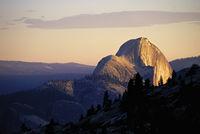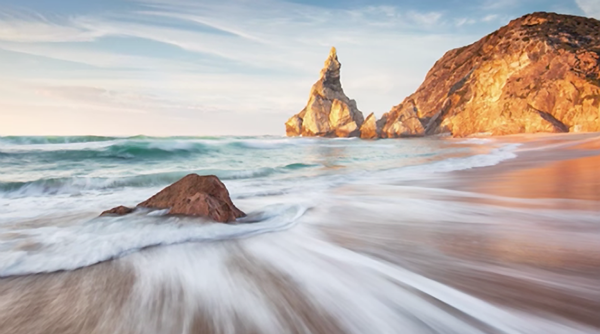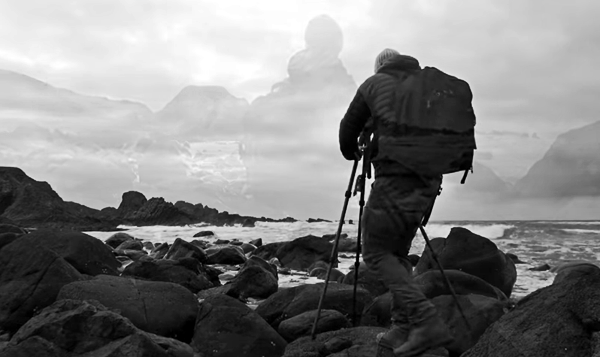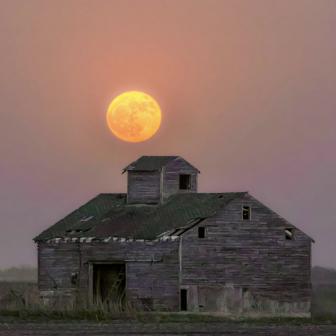Outdoor Photography How To
Sort By: Post DateTitle Publish Date
|
Oct 04, 2017 |
|
Jun 15, 2023 |
|
Sep 26, 2018 |
Landscape Tips: Capture Great Photographs of Waves Breaking Ashore with Pro Michael Breitung (VIDEO)
|
Jul 31, 2017 |
|
Jul 24, 2017 |
|
Mar 29, 2018 |
|
Feb 15, 2018 |
|
Oct 23, 2018 |
|
Dec 04, 2017 |
|
Nov 28, 2017 |
|
Nov 02, 2017 |
|
Sep 12, 2018 |
















